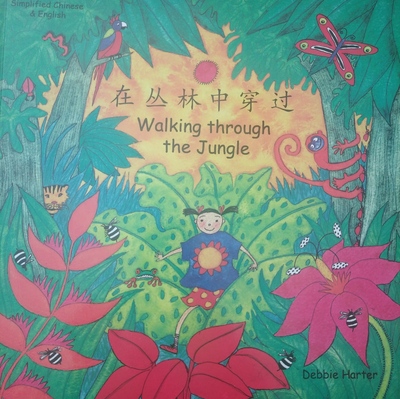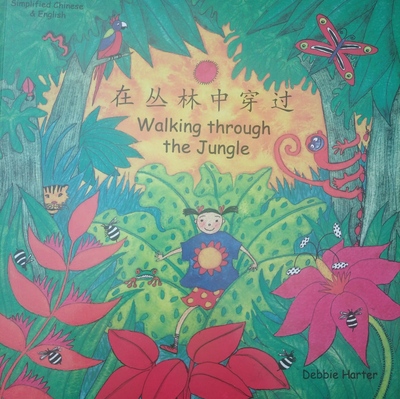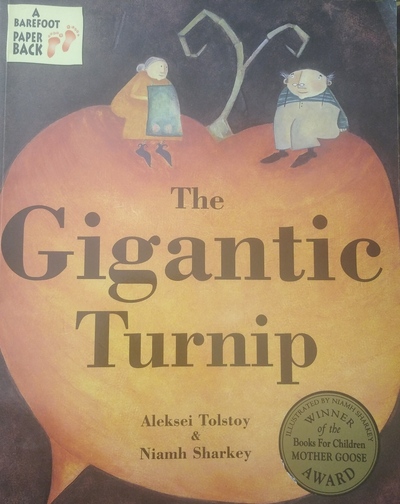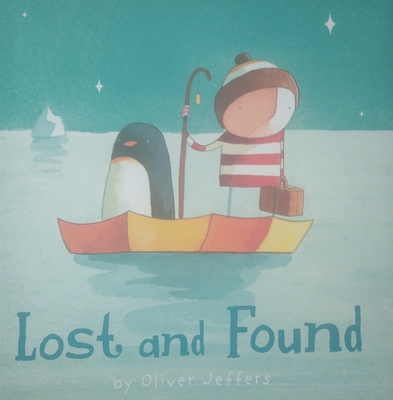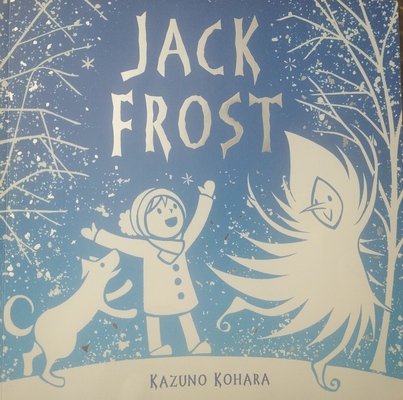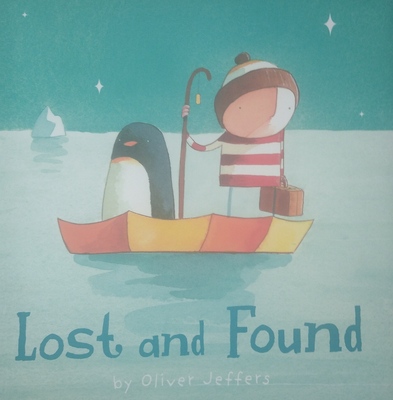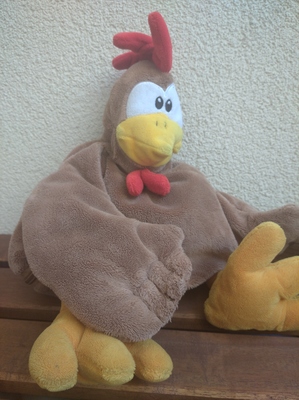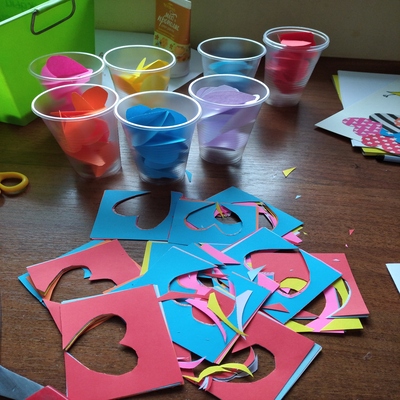
Craft has been present in my classroom life for as long as I can remember. Looking back, I can see all the pieces I made with my superstars in Moscow over the last thirteen years, the robots we constructed at the summer camp in Tuscany in 2009, some 3-D houses we made with my Navarran babies in 2008, or the magazines I put together with my cousin, my first student ever, somewhere in 2000…What’s more, craft has been present in my life since my own primary school. I loved the Art lessons, I loved the Craft lessons. I even loved the Technology classes, although craft then involved: weaving a mini rug, building a birdfeeder and making a chair for a doll.
You could say that the foundations for my future career have been built pretty early and that I have had a lot of opportunities to perfect my fine motor skills and to fall in love with craft (truly, madly, deeply). No wonder that I would try to smuggle it into my lessons.
It was only a week ago, actually, while preparing yet another session for a teacher training course, that I saw craft with a fresh pair of eyes and I saw it for what it really is: the VYL world (or the pre-school world) in a nutshell, everything that is beautiful about it, everything that can be enjoyable about it and, inevitably, everything that can go wrong with it, too.

The simple truth is that: kids love craft
Craft lessons and craft activities are these parts of the lesson when kids can do something for real, not the coursebooks, not the handouts or worksheets, not the time when you need to stay focused but the creative, the beautiful, the fun part. And, one more important factor – something that is different every single time!
If you add to it the variety of materials that are included, the variety of techniques and that, more often than not, you end up with a real product, a book, a house, a puppet or a collage, which you have created yourself and which you are allowed to take home, it is not a surprise that kids love it.
‘Ah, we haven’t done anything for such a long time‘ was something that I heard one of my students mumble to herself when she saw me reach out for the coursebook as soon as we sat down at the tables. As a teacher, I was taken aback. Because we did DO things! We sang songs, we read stories, played with flashcards and we did have good lessons. In my student’s eyes, however, all that meant nothing at all, because, indeed, somehow a long time had passed since the previous craft lesson and that, at least for this one student, was the real thing, the something!
If you want to read more on why kids need craft activities, have a look here.

The simple truth is: many teachers don’t like craft
- A craft lesson takes a long time to prepare.
- It is messy, both during the preparation stage (see the photo above) and during the lesson.
- The teachers might not have a full access to all the resources necessary, even the simple ones so they end up buying these themselves
- Classroom management is a bit more tricky in the craft lessons, as there are more elements to manage and the kids might get too excited.
- If not planned properly, craft lessons can turn into a mayhem, with kids not producing the target language or even not completing the task.
- Craft activites are not very well taken care of in the mainstream coursebooks and in the teachers books and so there is no resource to learn from.
- If the craft activity has not been chosen properly and if it is too complex for the students or if it is not planned properly, students might struggle with completing it or they might destroy in and in such a case there might be tears of a child in despair or tears of a disappointed child.

Craft is what the VYL world is about
Teaching pre-schoolers, compared with the other age groups, will require more of your time in the preparation stage and it will be more demanding as regards the class time. It might require you to include the things that teachers, as adults, have no interest in and which they will still include because that is what can be beneficial and effective with students of that age. In the same vein, some things will have to be excluded even if teachers love them, also because of the age of the students, they will simply not work.

There is only one thing to be done…
…and that is: careful planning and Carol Read’s MADFOX (Management, Appropriacy, Design, Flexibility, Outcomes, Excitement) which you can read about in the ‘500 Activities for the Primary Classroom‘. It is a wonderful tool that will help prepare for a craft activity in the EFL or ESL lesson, primary and pre-primary. Actually, this framework will work well with any type of an activity or a set of materials, stories, songs and games.
One of my earlier posts (and my first acronym W.O.R.L.D🙂 might also come in handy while choosing a craft activity for the pre-primary EFL /ESL lesson.
The most important thing to remember everything gets better with time. The lesson planning become easier and less time-consuming. The kids know the teacher, the lesson format and their peers better and that is an important factor contributing to the success of the activities and, last but not least, if you decide to reuse a particular type of a craft activity for the second or third time, the students will also be able to deal with it better as they will have done it before.
There is hope))

This post is only the first part of the Craft ABC series. You can find the second part here. Don’t forget to also have a look at all the posts in the craft section on this blog.
Happy teaching!





